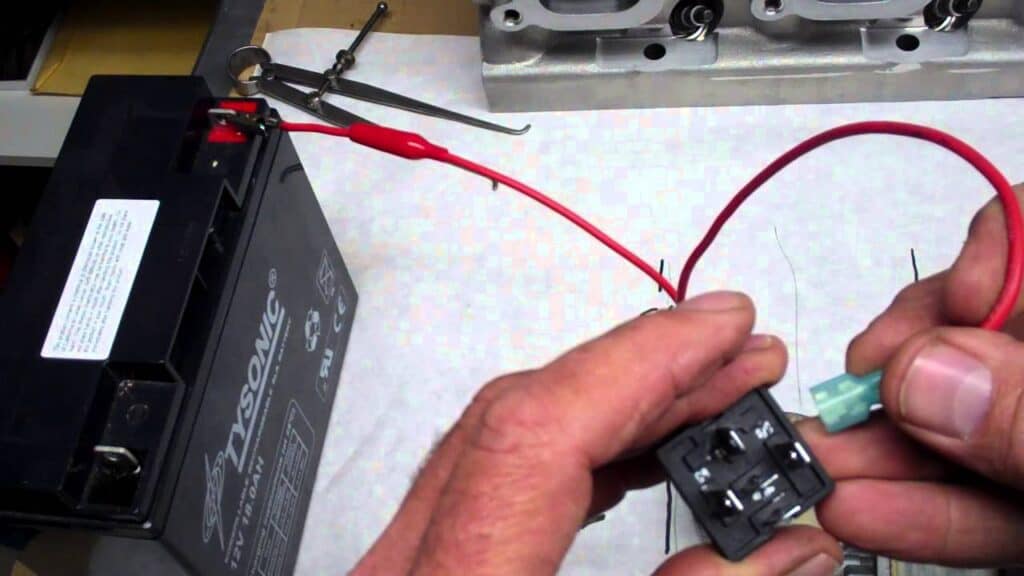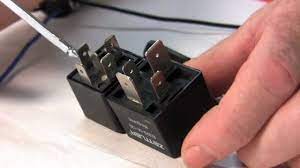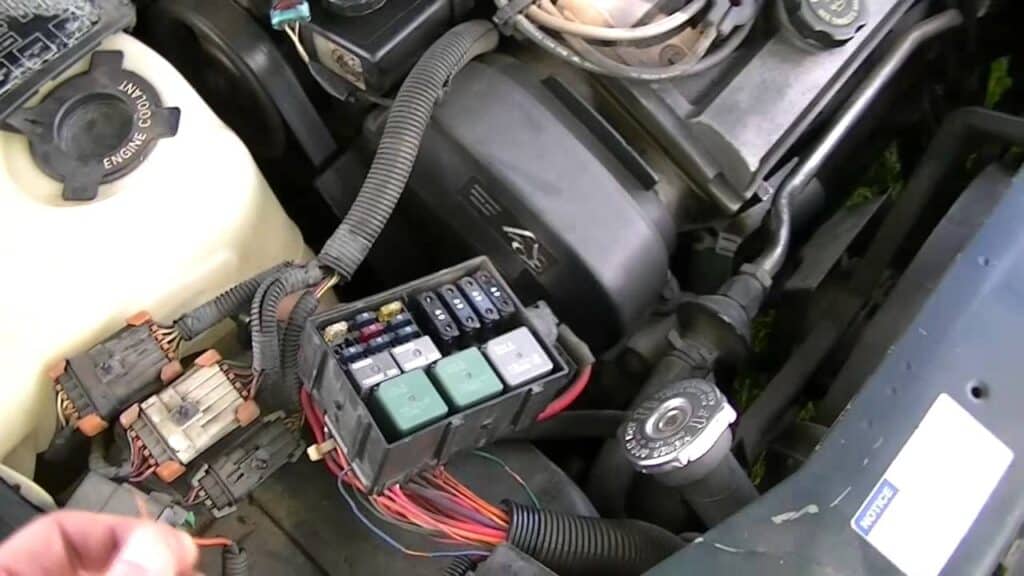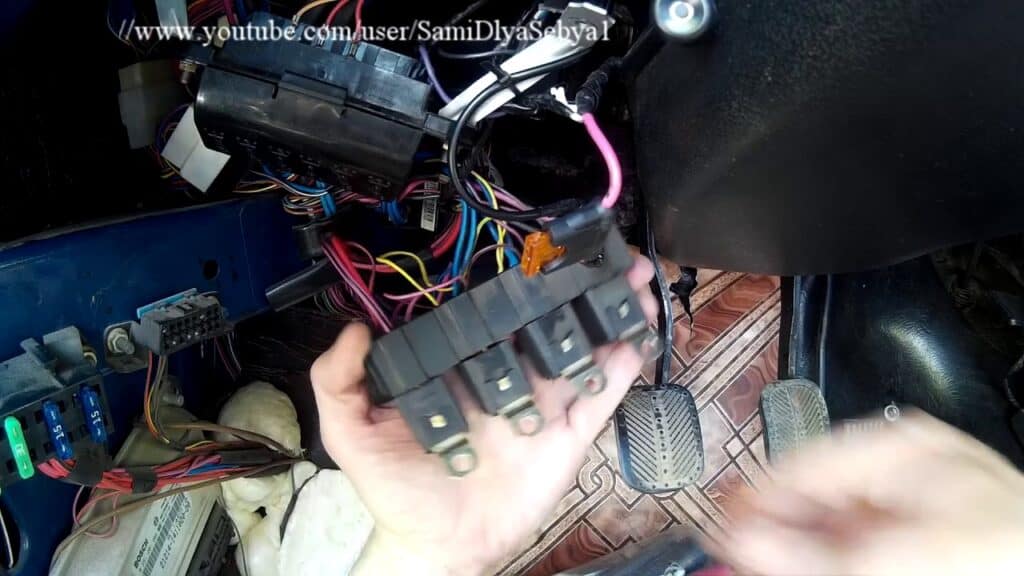Fan relays appearance and size differ from one vehicle to another. Fan relays are usually used for cooling the vehicle engine to prevent the engine vehicle from any damages. The fan relay can be managed and controlled by using electricity, thermostat sensors, or manually controlled.
Fan relay exists in different forms, such as electric, auto fan relay, among others. Henceforth, wiring a fan relay varies from one to another depending on the type of the fan relay. Therefore, it is essential to follow the manufacturer’s instructions on how to wire the fan relay. Also, you can consult a specialized mechanic to help you wire the fan relay.
Steps on how to wire a fan relay

Step 1: Collect all materials required for wiring
Materials required for wiring include; wire clippers, screwdriver, electric tape, clamps, 10-gauge wires, recommended switch, probably 40 amp and zip ties. Ensure you gather all materials to avoid distractions while wiring the fan relay.
Step 2: Put on safety clothing
Safety clothes protect you from any electric issues such as shock. Also, ensure you earth yourself using an anti-static wrist band. Further, ensure you pay more attention to the wires while wiring and avoid crossing the wires.
Step 3: Develop the best plan for wiring
Come up with the best plan on how to wire your fan relay. Ensure the plan does not involve wire crossing. In your plan, ensure you involve the recommended fan relay for your vehicle.
Step 4: Locate the position of the fan relay
Before wiring the fan relay, locate the position where the fan relay is to be installed. Position location enables you to install the fan relay in its correct position to avoid damaging your vehicle.
Step 5: Start wiring the fan relay sequentially

While wiring the fan relay on your vehicle, ensure you wire the first part first until you reach the last part. First, examine the wires and gain knowledge on which wire contains more power. For instance, black wires usually allow power to flow, and blue is commonly used for grounding purposes.
Bring the blue wire and create a connection to the wire using a clamp and a wire tape to ensure the wire sticks firmly and does not fall off. Screw the wire using a screwdriver to the stated engine component. Ensure you are careful to avoid damaging other parts of the vehicle engine.
Screw the blue wire until it is in a position to prevent it from becoming loose. Also, screwing the wires firmly prevents connectivity issues such as failure of the fan relay to function correctly.
Step 6: Wire all wires correctly

After wiring the blue wire, proceed with wiring all other wires carefully. Position the black wire, which is usually the black wire. Using a 10-gauge wire, place the gauge through the hole to allow power flow to the fan relay.
After installing 10-gauge, install the power wire using the recommended connection component. Connect the wire to the fuse by clamping both the wire and the firewall wire together. Place a roll of tape around the wires to prevent them from disconnecting from each other.
Step 7: Using the zip ties, all installed wires correctly
After connecting the power wire, commonly black, to the firewall in the engine, zip the wires firmly using zip ties to increase the safety of the wires. Remove extra zip ties from the wires to keep them clean.
Step 8: Wire the final part

Once you have finished wiring the blue and the black wires together, wire the power wire to a 40amp switch. First, remove the switch from the wall by unscrewing it. Unscrewing is done using a screwdriver but if the bolts have accumulated a lot of rust, use the recommended tool such as a hacksaw, a nut cutter or any other tool.
Remove the switch and connect the wires correctly. Ensure the blue wire is joined to the primary wire, usually red and the black wire to the car battery. Screw the switch back to its position using a screwdriver. If you cut the bolts, ensure you use new ones while screwing.
After finishing all the process, test the fan relay by turning on the vehicle engine. If the fan relay fails to function as required, try repeating the above process with a lot of carefulness but, if the problem persists, consult an experienced or a licensed mechanic to help you wire the fan relay.
Frequently asked questions:
- How can I check my fan relay?
Checking your vehicle fan relay requires you to follow the recommended steps. Before consulting a mechanic to check the fan relay for you, try following the procedure below to inspect the condition of your fan relay, whether electronic or non-electronic.
1. Examine the condition of the wires
First, inspect the wires and see if they are correctly connected. If the wires are loosely connected, use clamps and a roll of wire tape to hold the wires firmly together. Moreover, ensure the wires match the correct terminals to avoid blowing the wires and the fan.
Also, examine the connection of the fan relay wires to the switch and the vehicle battery. In addition to that, handle the wires correctly during inspection to avoid cutting or damaging the wires.
2. Inspect any fan relay markings
Find the location of the fan relay markings and if the fan relay does not have any markings, read the manufacturer’s manual and compare the manual connection with your connection.
3. Test the power terminals using an ohmmeter
Establish a connection by connecting power terminals to the leads of the ohmmeter and record the readings. If the ohmmeter reads a finite resistance, the fan relay requires replacement.
4. Test for any clicking sound production
Connect the fan relay to the fused jumper wire and touch the earth with the jumper wire. If there is no clicking sound produced after touching the jumper wire, it is a sign that the fan relay is damaged and requires replacement.
Conclusion
Mounting a fan relay to your vehicle is a straightforward procedure as long as you follow the recommended steps. Therefore, the information above provides the most straightforward steps to follow when wiring the fan relay.
Sometimes, you may want to check the condition of your fan relay to see if there are any issues. The above methods will guide you on how to check your fan relay. Finally, it is advisable to check your fan relay and maintain the whole vehicle regularly.
